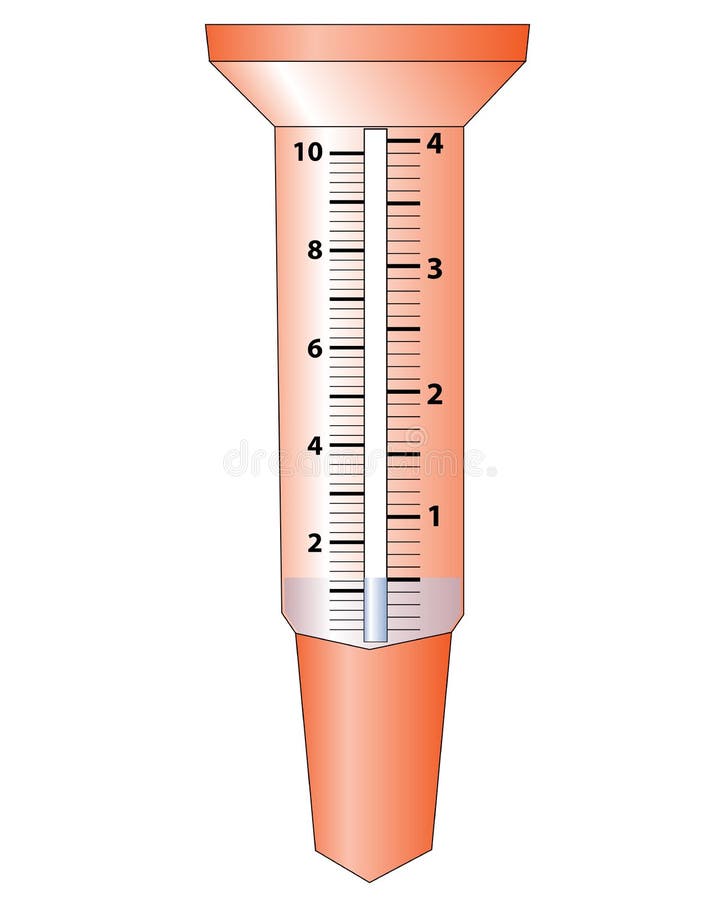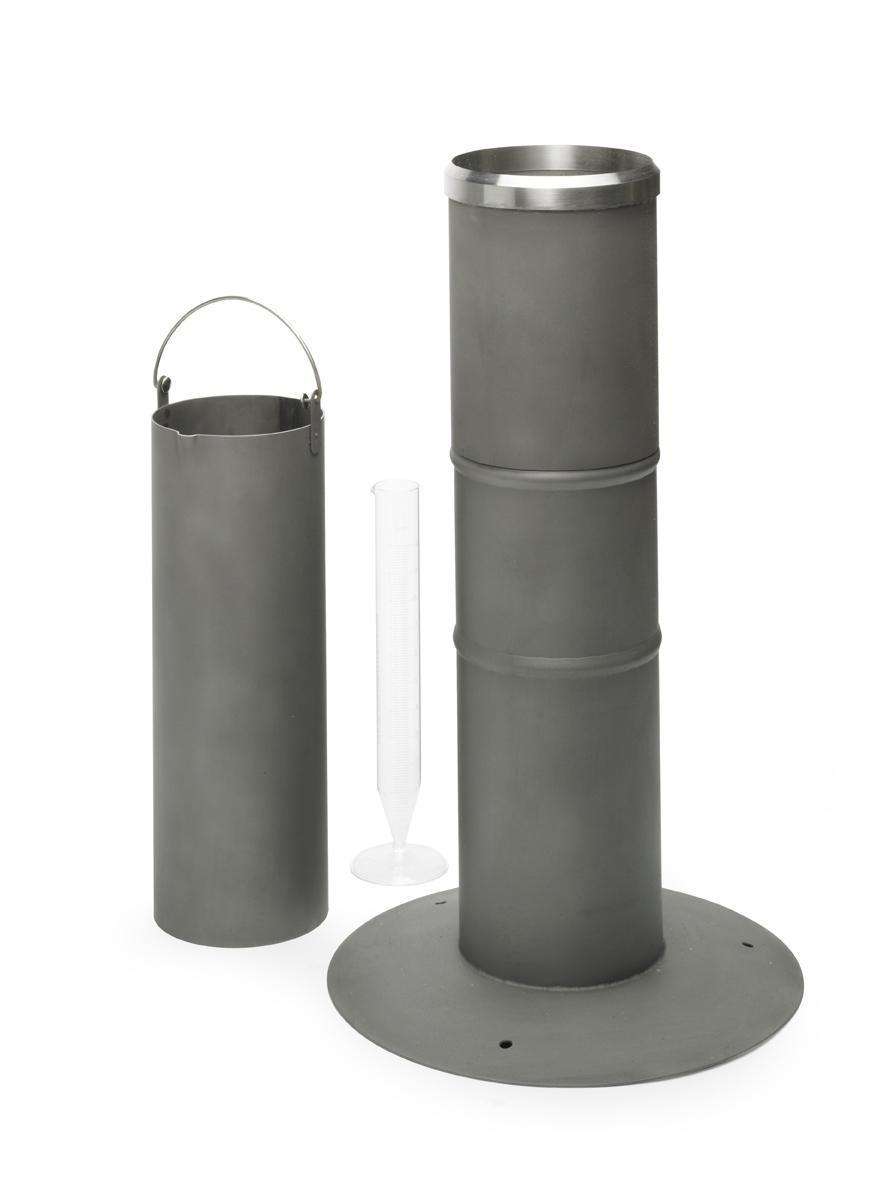Compare the Leading Rain Gauge Versions for Accurate and Regular Readings
Compare the Leading Rain Gauge Versions for Accurate and Regular Readings
Blog Article
Introducing the Science Behind Rainfall Assesses: Just How These Gadgets Play an Essential Duty in Environment Study and Environmental Monitoring
Rainfall evaluates, seemingly easy devices, hold an extensive importance in the realm of environment study and ecological monitoring. As we peel off back the layers of this scientific veil surrounding rain determines, we reveal a world where accuracy, information accuracy, and careful monitoring converge to unveil a deeper understanding of our transforming environment and its effect on the planet.
Value of Rain Scales
Rain assesses play an important duty in surveillance and gauging precipitation levels, offering important information for climate research study and evaluation. These gadgets are essential in evaluating the quantity of rainfall that happens in a certain area over a particular period. By collecting and gauging rain, rain assesses deal useful understandings into the distribution and intensity of rainfall, helping meteorologists, hydrologists, and climatologists in recognizing weather patterns and fads.
Among the vital factors why rain assesses are important is their capability to supply precise and localized data. Unlike satellite or radar-based dimensions, which use wider monitorings, rainfall gauges offer precise info specific to the location where they are put. This localized information is crucial for numerous applications, including flood forecasting, dry spell monitoring, and water resource monitoring. Furthermore, long-lasting data collected from rainfall gauges assists in evaluating environment change impacts and patterns, contributing substantially to scientific research study and decision-making procedures. Basically, rainfall determines offer as essential devices in the field of weather forecasting and environmental science, playing a crucial role in advancing our understanding of weather condition and climate characteristics.
Types of Rain Gauges

Performance and Procedure
In the world of climate research and meteorological research studies, the performance of rain evaluates depend on their elaborate performance and precise operational mechanisms. Rain determines are made to properly gauge the quantity of precipitation that tips over a specific area throughout a set duration. These devices normally include a funnel that accumulates rain and networks it right into a determining tube. The determining tube is marked with adjusted measurements that permit the exact quantification of rainfall.
The capability of rain evaluates is based on the principle of determining and gathering rainwater in a standard way. This collected data is vital for understanding local climate patterns, tracking long-lasting climate trends, and evaluating ecological effects. To ensure accurate dimensions, rainfall evaluates requirement to be strategically put in open areas far from obstructions such as structures or trees that can interfere with the collection procedure.
The functional element of rainfall assesses involves routine maintenance to prevent particles accumulation, calibration checks to keep dimension accuracy, and information videotaping for analysis (rain gauge). In general, the capability and procedure of rain determines are important for gathering reputable precipitation data essential to climate research study and ecological tracking
Role in Climate Study
Given the important importance of precise rainfall dimensions in recognizing weather patterns and environmental influences, the function of rainfall determines in environment research is important. Rainfall determines provide vital information for environment research study by quantifying the quantity of rainfall that drops over a details location throughout a provided duration. This data is crucial for checking long-term fads in rainfall patterns, examining the impact of environment adjustment on rainfall circulation, and enhancing climate models.

Environment researchers utilize data gathered from rainfall determines to analyze variations in precipitation degrees, recognize regional environment trends, and review the performance of water resource management strategies. By contrasting historic rainfall information with present measurements, scientists can identify shifts in rainfall patterns, such as adjustments in the frequency or strength of rainfall events. This details is vital for comprehending article exactly how environment change is influencing precipitation dynamics and can aid policymakers make educated decisions pertaining to adaptation and mitigation strategies.
Applications in Ecological Monitoring

In flood projecting, rainfall scale data assists to track rainfall strength and distribution, allowing authorities to issue prompt cautions and take essential steps to reduce flood see threats (rain gauge). Dry spell tracking relies on rainfall gauge data to evaluate wetness levels in the soil and track rainfall deficits, aiding in the recognition of drought-prone locations and the execution of dry spell feedback methods
In addition, rain gauge information plays a vital duty in water resource management by supplying details on water accessibility and usage patterns. Additionally, in agriculture, rain scale information assists farmers in maximizing irrigation timetables, plant option, and overall ranch administration practices based on regional rainfall patterns.
Final Thought
Finally, rainfall determines are crucial devices for determining rainfall, giving useful information for environment research study and ecological monitoring. With numerous kinds and functionalities, rainfall determines play a crucial function in understanding precipitation patterns and their effect on the setting. By precisely gauging rainfall, these devices add to the improvement of scientific expertise and help in making educated decisions pertaining to water source management and catastrophe preparedness.
Rain evaluates play a vital duty in surveillance and gauging precipitation degrees, offering crucial data for climate study and analysis. click this The basic rain scale, understood as the "tipping bucket" gauge, is one of the most typically used devices. Ultrasonic rain assesses usage noise waves to find the visibility of rainfall, giving real-time information on rainfall levels.Climate researchers make use of data collected from rain determines to examine variations in rainfall levels, recognize local climate fads, and evaluate the effectiveness of water resource management approaches.In conclusion, rainfall gauges are vital tools for determining rainfall, providing important information for environment study and environmental surveillance.
Report this page